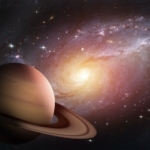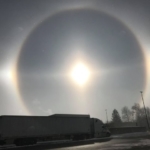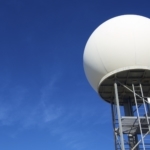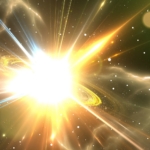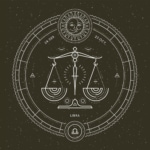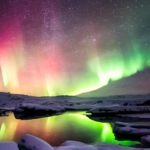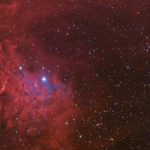Is The North Star The Brightest Star?
There are many misconceptions and myths about what happens in the cosmos. What does Farmers' Almanac Astronomer Joe Rao say about the North Star?

When I was a very young boy, I remember an uncle of mine, who took me out on a balmy summer evening, pointed to a brilliant blue-white star directly overhead and said: “See that? That’s the North Star.” (I later would learn that it was actually Vega, the fifth brightest star in the sky.)
Polaris, the North Star, is probably the most important star visible in the northern sky, but many people are under the mistaken impression that it’s also the brightest. It actually ranks only 46th in brightness. But Polaris also happens to be the closest bright star relative to the north celestial pole. Only the apparent width of about 1½ full Moons separates Polaris from the pivot point directly in the north around which the stars go daily.
Interestingly, because of the wobbling motion of the Earth’s axis (called “precession”), the celestial pole will draw even closer to Polaris (closest in 2100 AD), but then as time wears on it will gradually draw away from it. In fact, in about 12,000 years our descendants will have Vega as the North Star. My uncle would have been happy to hear that.
This story appears in its entirety in the 2015 edition of the Farmers’ Almanac as “Cosmic Misconceptions: Common Misunderstandings About Astronomy,” on pages 142-144.

Joe Rao
Joe Rao is an esteemed astronomer who writes for Space.com, Sky & Telescope, and Natural History Magazine. Mr. Rao is a regular contributor to the Farmers' Almanacand serves as an associate lecturer for the Hayden Planetarium in New York City.


